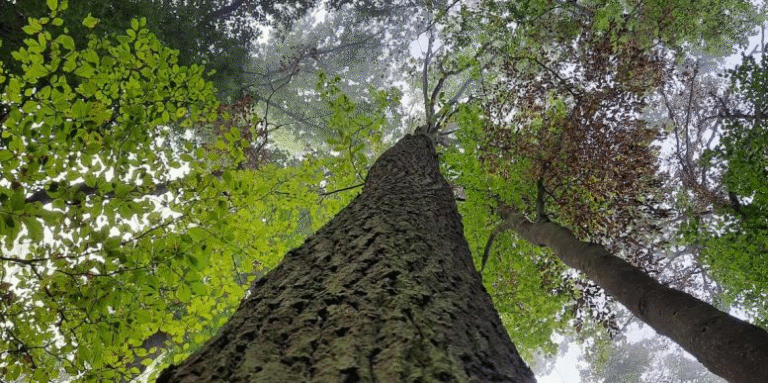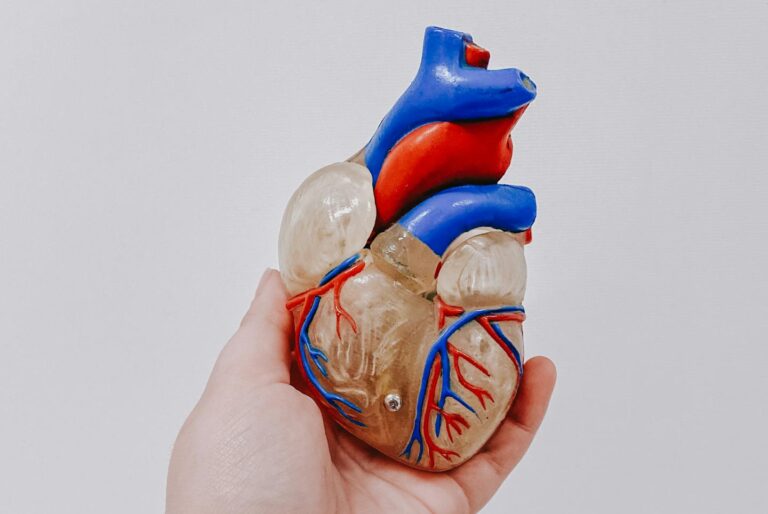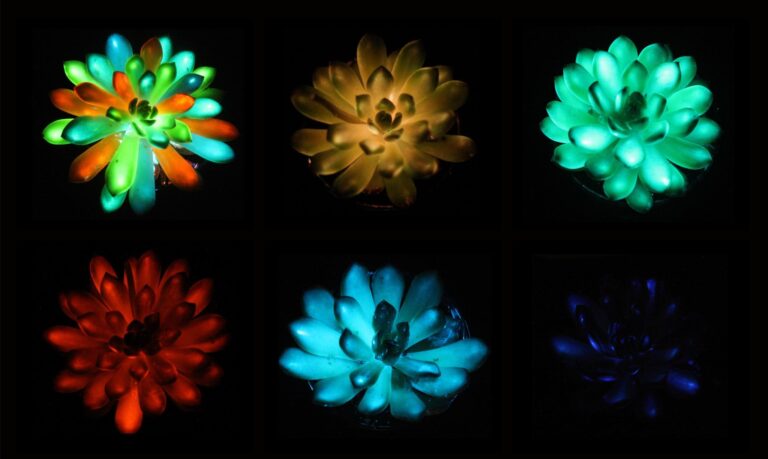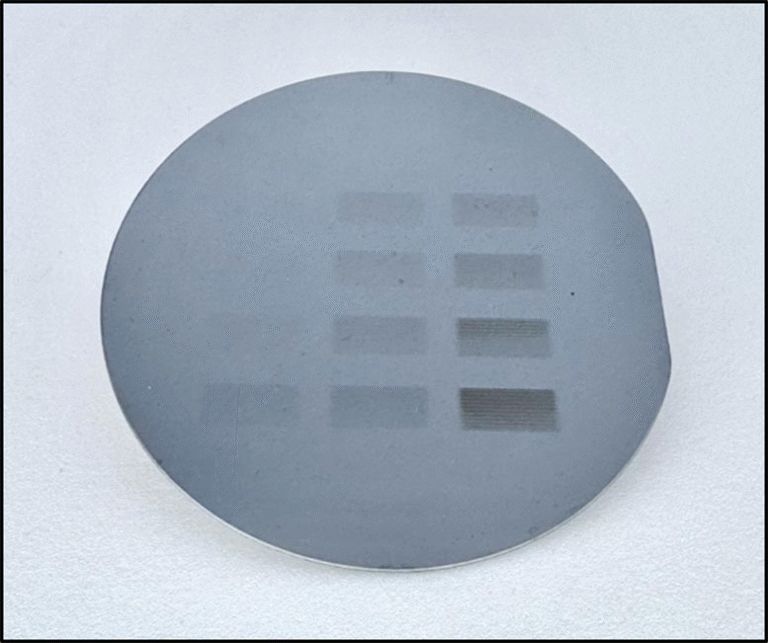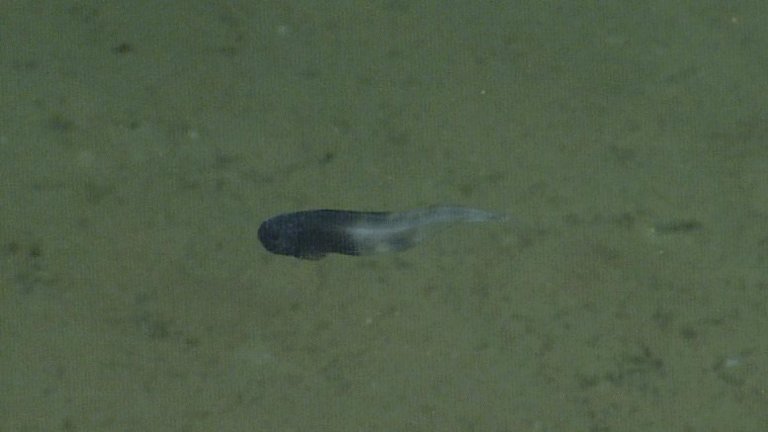A Microscopic Alliance in California’s Eel River Is Feeding Salmon and Inspiring Clean Technology
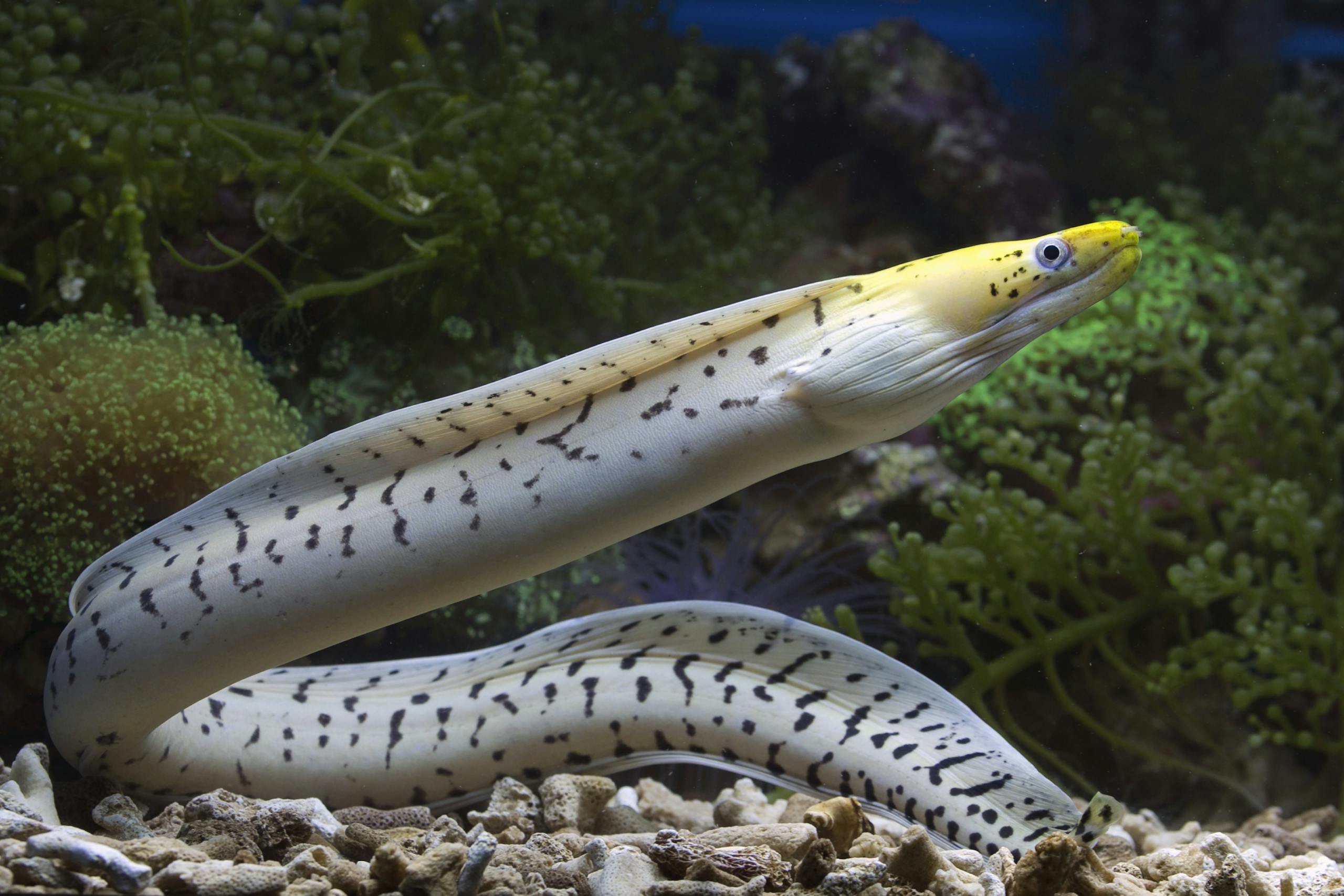
Researchers working in Northern California’s Eel River have uncovered a fascinating and crucial biological partnership that keeps rivers healthy and salmon populations strong. The study, published in the Proceedings of the National Academy of Sciences (PNAS), shows how a microscopic alliance between algae and bacteria powers ecosystems, sustains fish, and may even inspire future technologies in agriculture and clean energy.
The Central Discovery
At the core of this research is a diatom called Epithemia, a single-celled aquatic plant encased in a glass-like shell. Despite being smaller than a grain of table salt, Epithemia plays an outsized role in nutrient cycling. Inside these diatoms live specialized bacterial partners called diazoplasts, which are capable of nitrogen fixation—the conversion of nitrogen from the air into usable nutrients.
This partnership works in a mutually beneficial loop. Epithemia uses sunlight to create sugars through photosynthesis. The diazoplast then uses those sugars to fix atmospheric nitrogen. In return, the diazoplast supplies nitrogen back to the diatom, which is essential for photosynthesis. This cycle is efficient, self-sustaining, and most importantly, it keeps the river’s food web thriving without relying on external fertilizers that often cause pollution.
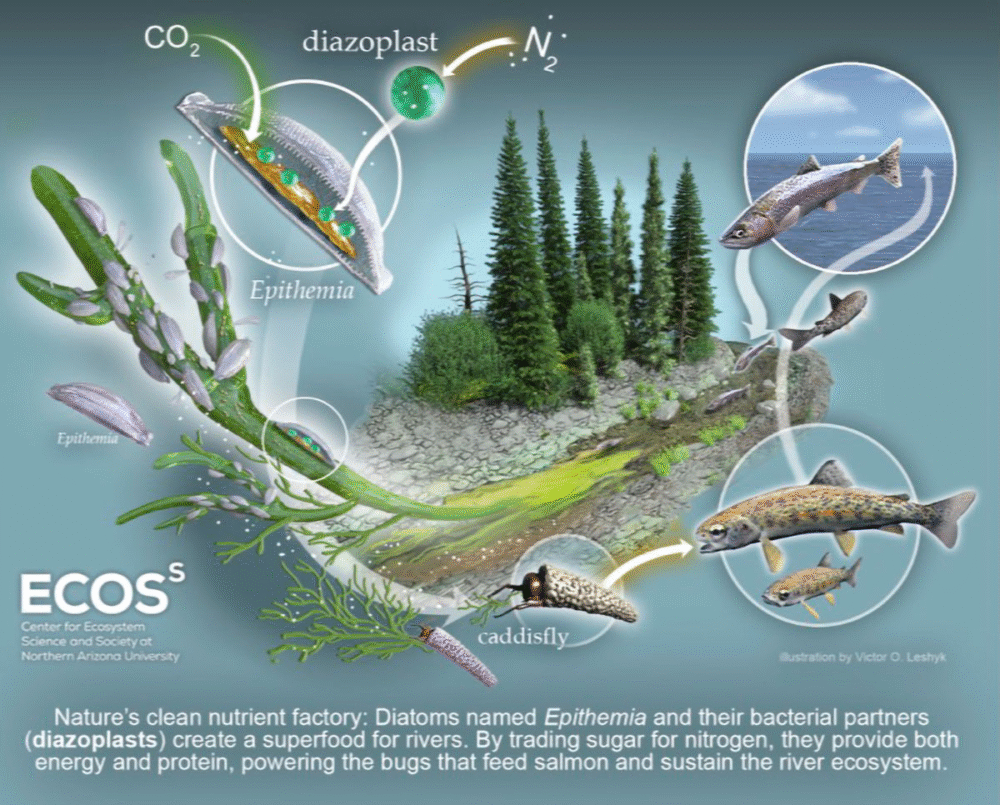
How It Benefits the River
The nitrogen produced by these diatom–bacteria duos directly fuels the growth of aquatic insects. These insects, in turn, are a critical food source for young salmon. By late summer, strands of the green alga Cladophora in the Eel River become draped with reddish Epithemia. At this stage, the partnership provides up to 90% of the new nitrogen entering the food web. This timing is vital because it aligns with the period when salmon fry need maximum nutrition to grow and survive.
Researchers emphasize that healthy rivers don’t simply appear on their own—they are actively maintained by ecological interactions like this one. When native species thrive in these balanced food webs, the benefits ripple outward, supporting wildlife, delivering cleaner water, and strengthening the cultural and economic foundations of local communities that depend on fishing and river-based tourism.
What the Research Showed
Using advanced imaging techniques, the scientists were able to directly observe this nutrient exchange. They saw that the diatom captures carbon dioxide and sunlight, turns them into sugar, and shares it with the bacterial diazoplast. The diazoplast then uses this sugar to fix nitrogen from the air, providing a steady supply of nutrients that, in turn, allow the diatom to perform even more photosynthesis.
The researchers describe this as a self-reinforcing cycle—both organisms benefit, and the entire river ecosystem gains productivity as a result. Stable isotope tracing confirmed how this nitrogen moved not only within the diatom but also into the wider microbial community and up the food chain.
Broader Implications
This phenomenon is not unique to the Eel River. Epithemia and similar diatom–diazoplast partnerships are found in rivers, lakes, and oceans around the world, particularly in ecosystems where nitrogen is scarce. That means these microscopic interactions may be quietly driving productivity in countless ecosystems that humans rely on, even if we don’t notice them.
Beyond ecology, this clean nutrient exchange could inspire new technologies. Possible applications include more efficient biofuels, natural fertilizers that avoid the pollution problems of industrial fertilizer use, and even the development of nitrogen-fixing crop plants. If crops could generate their own nitrogen in a similar way, farmers could reduce costs and the environmental impact of agriculture dramatically.
Research and Funding Details
This study was led by Northern Arizona University and the University of California, Berkeley, with fieldwork conducted at UC Berkeley’s Angelo Coast Range Reserve. The research team included specialists in biology, isotope tracing, and microbiome ecology.
The paper, titled “Ecosystem consequences of a nitrogen-fixing proto-organelle”, was published on September 8, 2025, in Proceedings of the National Academy of Sciences. The work was supported by funding from the National Science Foundation’s Rules of Life/Microbiome program (grant #2125088). Additional research at Lawrence Livermore National Laboratory was carried out under a U.S. Department of Energy contract (DE-AC52-07NA27344).
Why It Matters
This discovery underscores how complex and efficient natural systems can be. By tracing the direct links from sunlight to salmon, researchers have highlighted a hidden but essential nutrient pipeline that sustains both ecosystems and human communities. It also serves as a reminder that ecological health is built on cooperation, not only between species but also between science, conservation, and the communities that depend on these systems.
TL;DR
Scientists discovered that the diatom Epithemia and its bacterial partner create a clean nitrogen pipeline in California’s Eel River, supplying up to 90% of new nitrogen. This fuels insects, supports salmon survival, and could inspire sustainable technologies.
Link to the research paper: PNAS – Ecosystem consequences of a nitrogen-fixing proto-organelle
